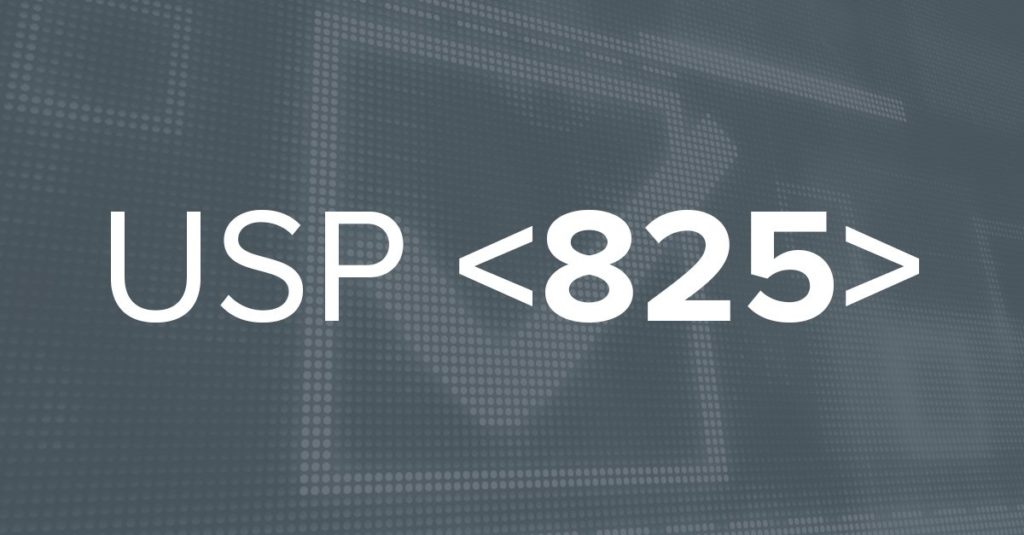The United States Pharmacopeia (USP) is a non-governmental organization that provides standards for the strength, quality, and purity of drugs.
In addition to covering all of the drugs and supplements offered in the United States, the standards also affect radiopharmaceuticals. Recently a new chapter, USP 825, was added that establishes standards for the compounding and handling of radiopharmaceuticals.
Richard L. Green, Director of Radiopharmacy Practice at Cardinal Health, hosted a webinar that explained the history of USP 825 and what it means for those in radiology. Green has over 35 years of experience in the industry and is a member of the USP Expert Panel that worked to craft the new chapter. In this post, we’ll take a look at what was covered during the webcast and explore USP 825 in detail.
The Evolution of USP Standards
This history of USP 825 starts way back in 1906 with the passage of the Pure Food and Drug Act. This law helped establish the USP as the standard-setting entity for all drugs and supplements.
The standards grew and evolved, and new sections were added over time. Initially released in 2004, USP 797 established standards for the sterile compounding of pharmaceuticals. Since its approval in 2004, radiopharmaceuticals were covered under USP 797.
USP 797 was always a tenuous fit for nuclear medicine, and as late as 2008, there were only a few paragraphs dedicated to the topic. While the chapter was updated with each release, applying broad guidelines to nuclear medicine was essentially trying to put a square peg in a round hole.
Sterile compounding is much more complicated, and while the concepts are similar, radiopharmaceuticals have unique facets that require a particular set of guidelines. Topics like dealing with radiation, shielding, remote manipulation, and instrumentation for detection highlighted the need for a separate instruction manual for radiopharmaceuticals.
The Creation of USP 825
In 2015, after a set of proposed updates to USP 797 were submitted for public review, over 100 comments pointed out how the guidelines did not meet the needs of radiopharmaceuticals
In response to the outcry, The Society for Nuclear Medicine and Molecular Imaging (SNMMI) published a white paper that called for a public standard for compounding radiopharmaceuticals. SNMMI argued that these drugs were so unique that they required their own set of criteria.
In 2017, the USP invited practitioners to their headquarters for a series of listening sessions. Radiopharmacists from a range of industry areas were invited, explained how the process worked, and demonstrated the unique ways in which radiopharmaceuticals were compounded.
In May of 2017, the USP announced that they would create USP 825 to provide clear and public standards for radioactive drugs. To begin the process, the USP created an expert panel to craft the standards. The chapter was written from late 2017 through 2018 and formally published in September 2018.
After a lengthy review period that included 1,500 comments and a year-long appeal, the standard is finally set to become official on December 1, 2020.
What is Included in USP 825?
The title of USP 825 is: Radiopharmaceuticals — Preparation, Compounding, Dispensing, and Repackaging. The text provides comprehensive guidance for the compounding and handling of radiopharmaceuticals.
The standards specifically cover:
- The roles and expectations for authorized nuclear pharmacists and authorized user physicians
- Specifications and standards for different compounding environments, including Hot Labs, Segregated Radiopharmaceutical Processing Areas (SRPA), and Clean Room Suites.
- Room requirements for each compounding environment
- The length of time you can use the drug based on the environment where it is compounded.
- When you can and cannot use dose-pooling
- Instructions for hand-hygiene and garbing by environment
- One-stick needle use rules for vials and doses
- The role of direct infusion system such as rubidium generators
Where to Learn About USP 825
Your radiopharmacist should be an excellent source of information for USP 825. Cardinal Health provides many resources on its website that explain the rules in greater detail. Also, Richard L. Green and the Cardinal team are hosting a series of webinars through 2020 to help organizations implement the new standards.
While the new standards might require adjustments in the hot lab and changes in process, the overall results will be good for nuclear medicine and ultimately better for patients.




